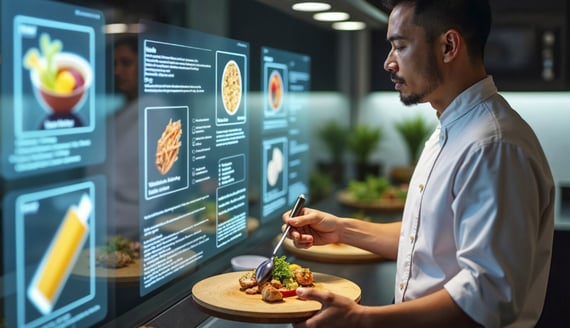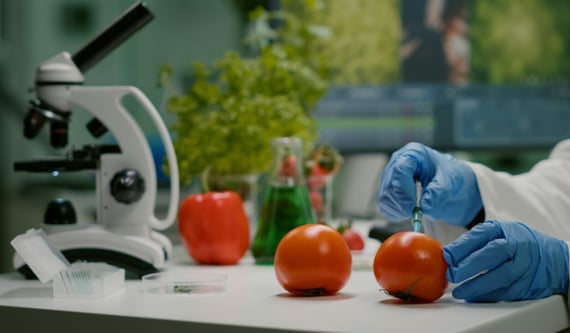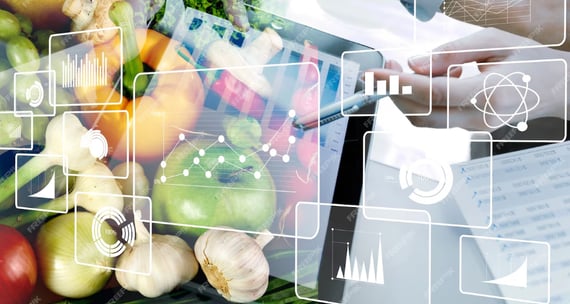food production, storage, and transportation facilities will be used to gather real - time data such as temperature, humidity, and gas concentration. Big data platforms will be accessed to obtain historical food safety data, including information on past food - borne diseases, recalls, and quality control results. Additionally, we will collect data on emerging food safety issues from scientific literature, news reports, and government databases.API Integration We will use API to integrate different components of the system. For example, API will be used to connect IoT sensors with big data storage systems, so that the real - time data can be stored and processed efficiently. API will also be used to connect different AI models with the data sources, enabling the models to access and analyze the data.Model Selection and Training We will select several AI models, including convolutional neural networks (CNNs) for image - based food quality assessment, recurrent neural networks (RNNs) for time - series data analysis of food safety indicators, and decision trees for rule - based risk identification. These models will be trained using the collected data. API will be used to transfer data between the training environment and the models, and to monitor the training progress.


he research is expected to have several positive impacts on advancing our collective understanding of OpenAI’s models and systems and their impact on society:Model Adaptability and Generalization By applying OpenAI's models in the food safety early - warning and emerging risk identification context, we can test the adaptability of these models to new and complex data types. The food safety data is often multi - modal, including numerical, textual, and image data. Through this research, we can find out how well OpenAI's models can generalize to such diverse data, and whether they need to be adjusted or fine - tuned. This will contribute to the improvement of the models' ability to handle different real - world scenarios.API - based System Integration The research will explore how to effectively integrate OpenAI's models with other components of the food safety system using API. This will provide insights into the design and implementation of API - based systems that can combine AI models with big data and IoT. It can also help OpenAI to optimize its API offerings, making it easier for developers to integrate their models into various applications.


GPT - 4 fine - tuning is necessary for this research for several reasons, and it cannot be replaced by publicly available GPT - 3.5 fine - tuning.Model Capability GPT - 4 has a much larger parameter size and more advanced architecture compared to GPT - 3.5. In the food safety early - warning and emerging risk identification task, the data is highly complex and diverse. For example, the text data related to food safety may contain scientific jargon, legal regulations, and technical descriptions. GPT - 4 can better understand and process this complex text due to its enhanced language understanding ability. It can extract more accurate information from the text, such as identifying potential emerging risks from scientific literature.

